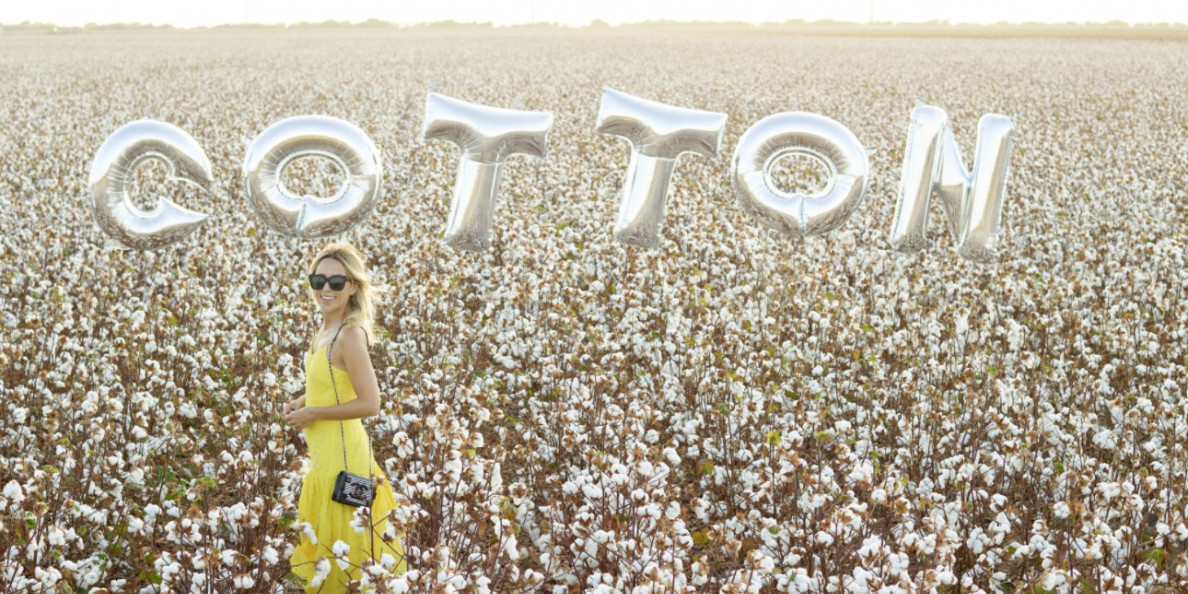"If there is another surprise rally that pushes Dec’19 over 80 cents, then there would likely be meaningful hedging opportunities."
December started off with a provocative uptick in ICE cotton futures. What appeared to be a truce in the U.S.-China trade dispute coincided with higher prices of U.S. stocks and trade-dependent commodity futures like soybeans, corn, and cotton.
Having traded around 79 cents on Friday Dec. 1, Mar’19 cotton gapped higher on Monday’s open, made two unsuccessful pushes toward 82 cents in early trading, and then slid back to fill the gap below 80 cents Tuesday, Dec. 4.
This market behavior was interpreted as a discounting of the potential resolution of the China trade dispute. Perhaps. Who knows? The most relevant implication of this quick rally was that it gave a fleeting opportunity to do some pricing, assuming that Monday and Tuesday’s cash contract offerings were profitable for you. If you had un-priced bales in a warehouse, did you sell some?
Perhaps you have cotton in modules, waiting to be ginned. In which case, Monday’s rally implied a short-term hedging opportunity for unpriced cotton. For example, a Mar’19 put option with an 80-cent strike price cost a little under 3 cents Monday, Dec. 2. That means that paying the 3-cent premium bought the right to a 77-cent short futures position (without the margin obligation). With good quality, that implies a minimum cash price in the mid-70s, with upside potential remaining. Were you ready with the proper brokerage accounts and marketing plan to take this kind of action?
MEANINGFUL HEDGING OPPORTUNITIES
Any rally in ICE futures has the same implication for pricing and hedging new crop bales. A Dec’19 put option with a 75-cent strike cost a little over 3 cents on Monday, Dec. 2 (Figure 1). That likely pencils out to a minimum cash price below your costs of production.

However, if there is another surprise rally that pushes Dec’19 over 80 cents, then there would likely be meaningful hedging opportunities.
To repeat, the question of what causes a rally can never be answered with certainty. The same goes for the question of whether and when prices will go higher.
The most relevant questions regard things you know with more certainty: What is the market offering you today? And, when that day comes, will you be willing to take action?
For additional thoughts on these and other cotton marketing topics, please visit my weekly on-line newsletter at http://agrilife.org/cottonmarketing/


